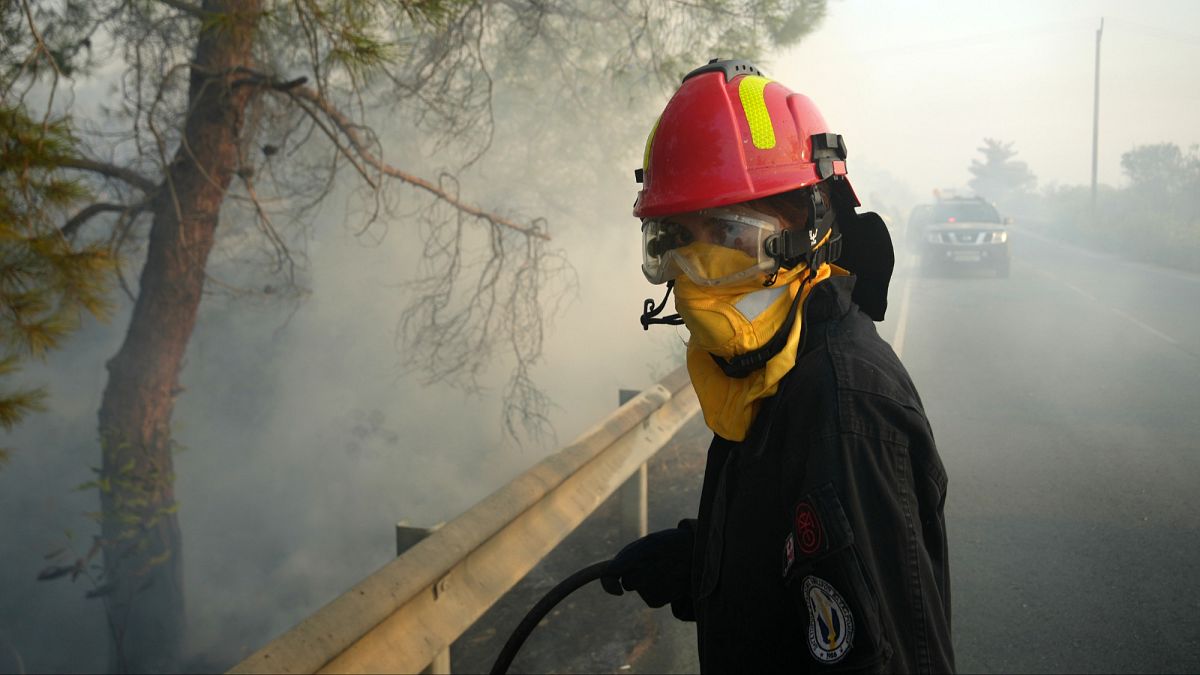

As the summer sun blazes across the globe, various regions are experiencing the sharp impacts of extreme weather conditions, highlighting significant challenges related to climate change and its repercussions on human well-being.
On the Mediterranean island of Cyprus, a significant wildfire outbreak recently brought both tragedy and the resilience of nature to the forefront. Efforts to control the fires have largely been successful, yet they have left behind a trail of damage. The local community mourns the loss of an elderly couple amidst efforts to restore electricity in affected areas. This sobering incident underlines the precarious balance between living amidst nature’s beauty and the raw power it occasionally unleashes.
In a potentially transformative move for global climate policy, the International Court of Justice (ICJ) has delivered an advisory opinion on the responsibilities of states regarding climate action. This landmark ruling underscores states’ duties to mitigate environmental harm, potentially setting the stage for increased accountability and legal efforts to address climate change. Such international legal opinions amplify the call for concrete, unified global actions to curtail the worsening impacts of climate disruption.
Meanwhile, southern Europe is not immune to these pressing climate challenges. Rome is grappling with an intense heatwave as temperatures soar into the high 30s Celsius. Tourists and residents alike cling to sources of relief, like fans and water bottles, as they traverse the city’s rich historical tapestry. This extreme weather demonstrates both the vulnerabilities of urban environments and their residents to climate-induced heat stress, calling attention to the urgent need for climate resilience planning in global cities.
Turning to the Middle East, a humanitarian crisis is unfolding with urgency. In Gaza City, reports from Médecins Sans Frontières highlight a dramatic increase in cases of severe malnutrition among children under five within just a couple of weeks. This sobering development further reveals the stark realities faced by communities under siege-like conditions, compounded by difficulties in acquiring necessary nutrition and aid due to stringent restrictions. The global aid community continues to advocate for unimpeded access to assist those in need and alleviate human suffering.
Across the Atlantic, the United States is in the grip of a vast heat dome, affecting over 100 million people. The northeastern coast braced for unusually high temperatures, as heat indexes soared 10 to 15 degrees Fahrenheit above average in many areas. Heat advisories emphasize the risks of heat-related illnesses and underscore the importance of collective efforts, both at individual and community levels, to endure and mitigate the impacts of extreme heat.
These interconnected reports of climatic adversities serve as a profound reminder of the global and local steps needed to build resilient communities capable of withstanding and adapting to an unpredictable climate future. From safeguarding natural habitats to implementing robust climate policies and ensuring equitable access to resources, a harmonized approach is indispensable. As each step is taken in a spirit of unity and mindfulness, it paves the path toward a sustainable and resilient world for future generations.
Source: {link}
